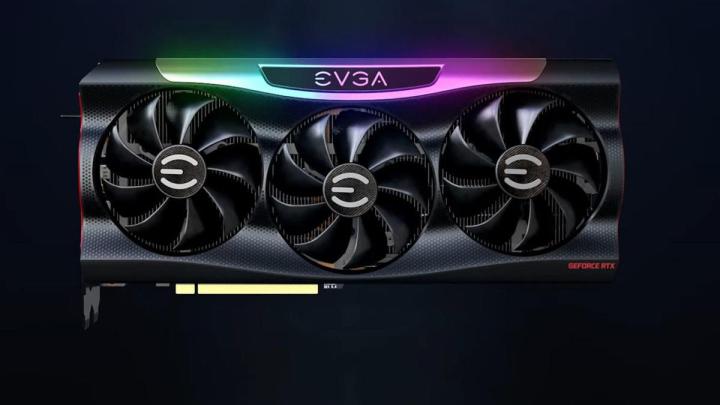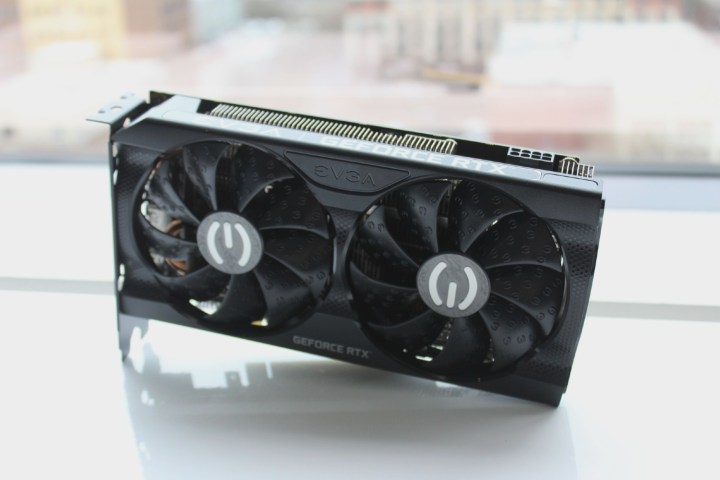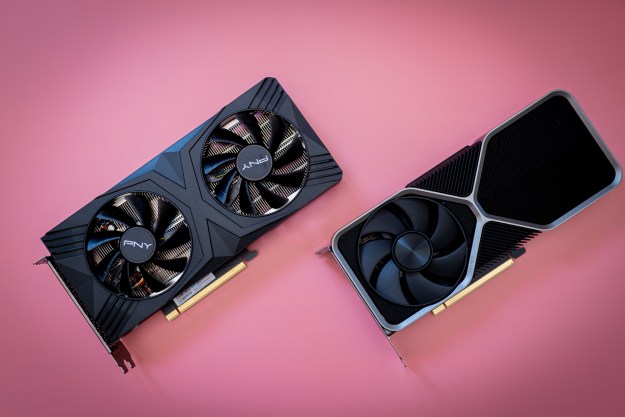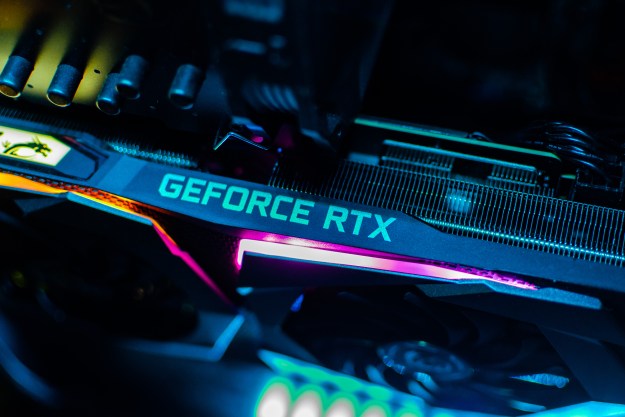EVGA’s recent departure from the graphics cards industry echoed throughout the enthusiast GPU world, spurring some controversy and speculation. EVGA cited its problems with Nvidia as the reason behind this decision.
However, according to a new report, there might be more to it than EVGA lets on. It seems that aside from the problems with Nvidia, EVGA had some issues of its own.

The report comes from Igor’s Lab. While Igor has always been a reliable source, it’s important to note that we don’t know what transpired between EVGA and Nvidia, and while there may have been other problems at play, that doesn’t mean that the cooperation with Nvidia went smoothly either.
With that said, let’s dig into what Igor discovered. According to his report, EVGA had an unusual approach to its manufacturing and marketing process, both of which greatly cut into its profit margin. These policies, different from other add-in board manufacturers (AIBs), likely made it so that EVGA was making a relatively small amount of profit compared to its competition.
For starters, EVGA relied on third-party manufacturers in order to create the circuit boards and the coolers for its GPUs, while EVGA itself only took care of the engineering. Having to split its profits with these third parties made it so that EVGA’s own profit margin was smaller than that of its competition.
Igor’s Lab contacted some of EVGA’s competitors and found that it may have been making only around 5% in margin profits. Meanwhile, other manufacturers make around 10% in profit margin due to the fact that they do all the manufacturing themselves.
EVGA also ships fewer graphics cards compared to the other AIB partners and that’s because it doesn’t really sell its GPUs globally, instead focusing solely on America and Europe. A smaller number of GPUs sold, and at smaller profit margins, both mean a considerable difference in revenue.

Despite these financial problems, EVGA cards were often found among the best GPUs, and many gamers are sad to see the company go. Longer warranty periods combined with EVGA’s step-up program made for happy customers, but sadly, those perks also cut into EVGA’s (already reduced) profits.
All of this doesn’t mean that EVGA’s claims in regard to Nvidia are untrue, but it does show us that there may have been more than one reason for the manufacturer to withdraw from the GPU world entirely. Perhaps the profits, combined with the issues with Nvidia, were just not worth the trouble anymore. Unfortunately, we may never know the full story, so it’s important to take it all with a healthy dose of skepticism on both sides.
Editors' Recommendations
- You shouldn’t buy these Nvidia GPUs right now
- GPUs just broke a 25-year-old record
- Great, now GPUs are cracking
- The worst GPUs of all time: loud, disappointing, uninspired
- AMD might crush Nvidia with its laptop GPUs — but it’s silent on the desktop front



